The Apostle and Jesus’ Burial Cloths
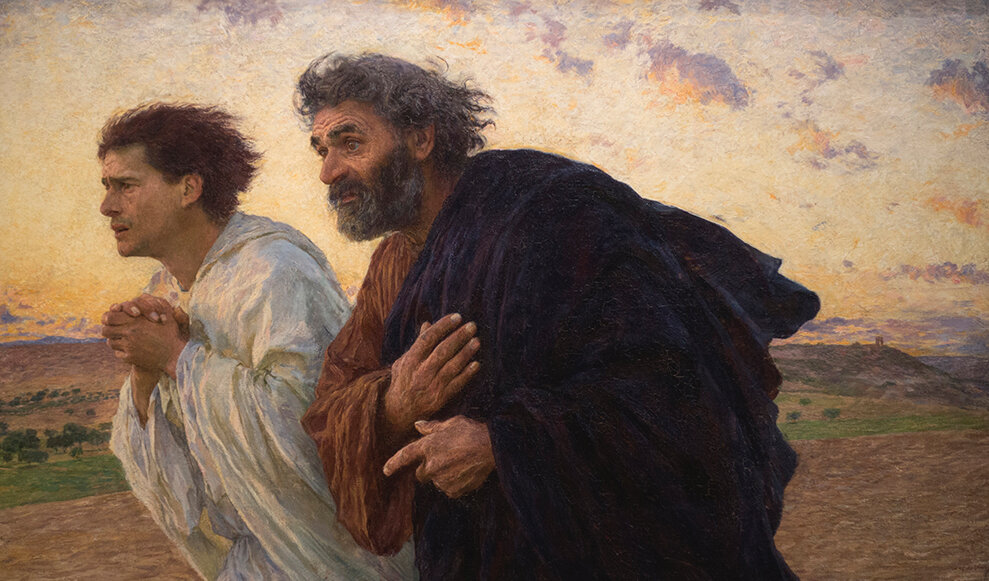
On Easter morning, John and Peter, after hearing Mary Magdalene’s report that Jesus’ body was missing, raced to the tomb.
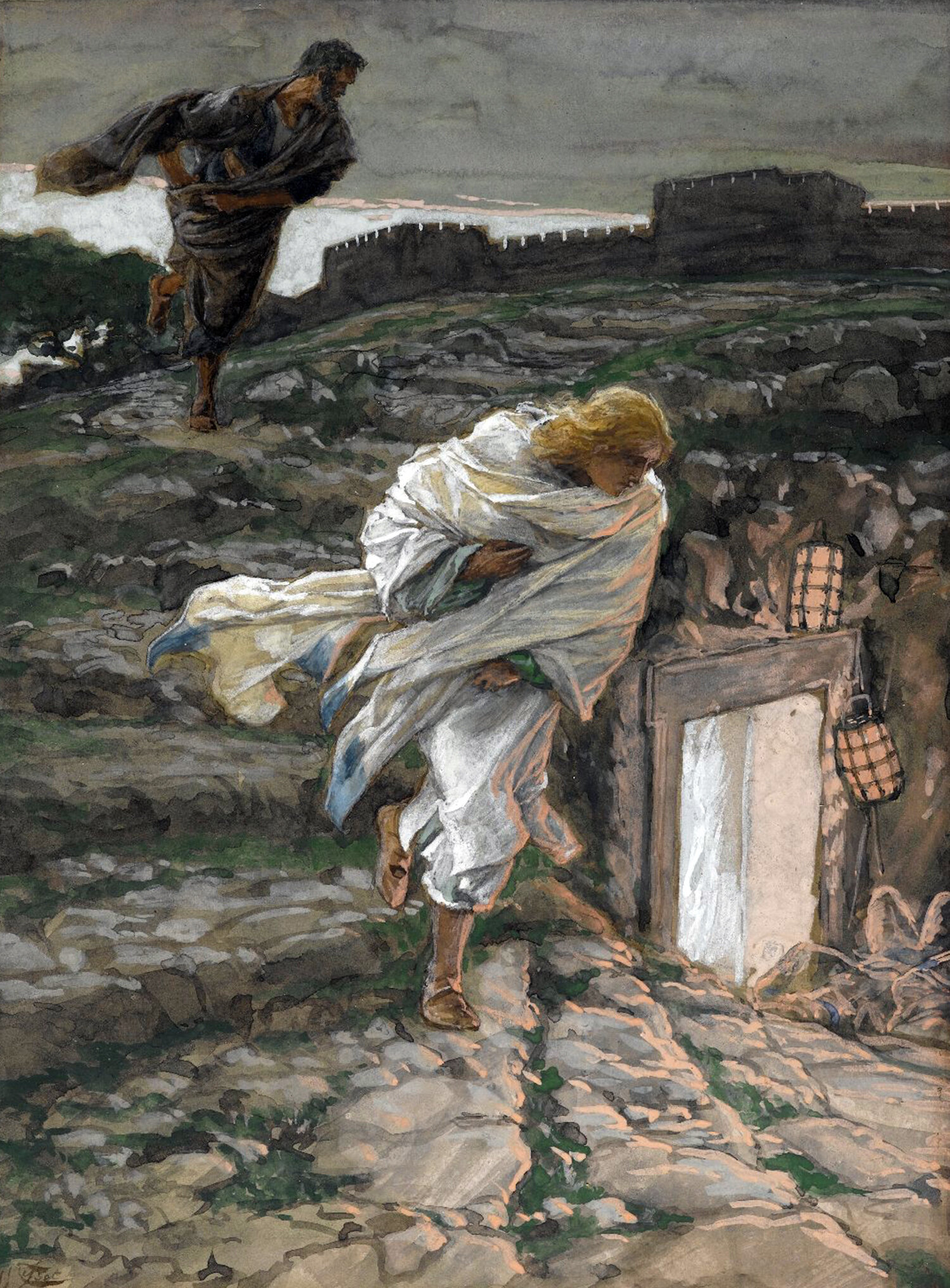
As John stooped to look in, Peter raced past him and entered the tomb. The rest of the gospel passage focuses on the linen burial cloths they found there in minute detail, as if to emphasize their importance.
Gospel writer John describes the scene this way:
“Early on the first day of the week, while it was still dark, Mary of Magdala went to the tomb and saw that the stone had been removed from the entrance. So she came running to Simon Peter and the other disciple, the one Jesus loved, and said, “They have taken the Lord out of the tomb, and we don’t know where they have put him!”
So Peter and the other disciple started for the tomb. Both were running, but the other disciple outran Peter and reached the tomb first. He bent over and looked in at the strips of linen lying there but did not go in. Then Simon Peter, who was behind him, arrived and went into the tomb. He saw the strips of linen lying there, as well as the burial cloth that had been around Jesus’ head. The cloth was folded up by itself, separate from the linen. Finally the other disciple, who had reached the tomb first, also went inside. He saw and believed.”
What was it about the arrangement of these linens which caused the apostle John to believe that something extraordinary had occurred?
If we turn to the literal interpretation of the original Greek of John 20:6-7 we find that Jesus “withdrew from the grave cloths without disturbing their arrangement.”
According to this translation, it seems as if the body had simply vanished, leaving the linens exactly in place.
The head cloth, however, which had covered Jesus’ head, was not “in place”. It was lying separately and rolled up as if being deliberately placed there.
This sequence of events was a sign to the apostles of what was about to happen, and within 12 hours Jesus and his apostles would be reunited.
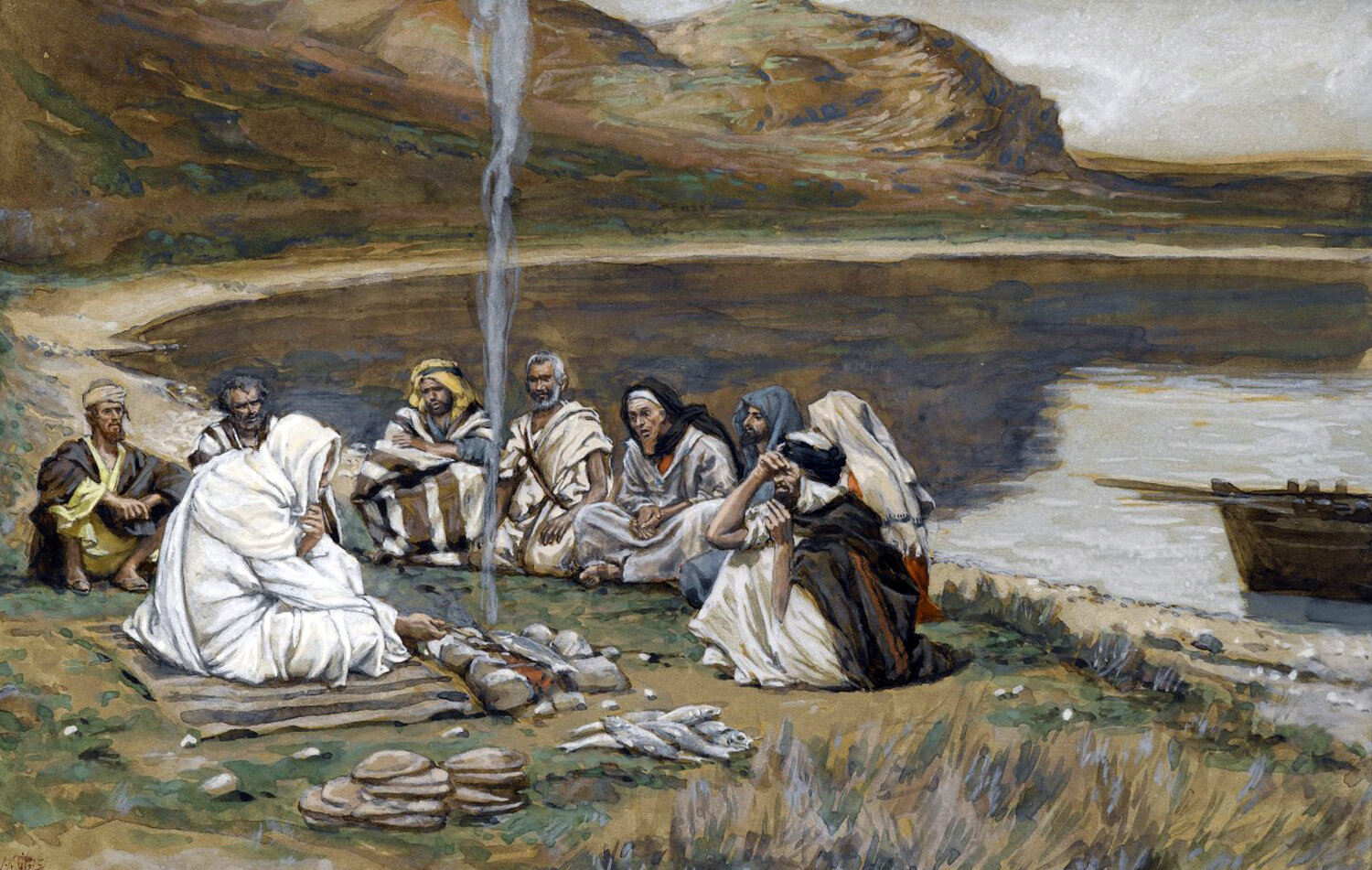
Artwork on this page, from the top:
Eugene Burnand (Swiss, 1850-1921). The Disciples Peter and John running to the sepulcher on the morning of the Resurrection, 1898. Oil on canvas. Musée d’Orsay, Paris.
James Tissot (French, 1836-1902 ). Saint Peter and Saint John Run to the Sepulchre, 1886-1894. Opaque watercolor over graphite on gray wove paper. Brooklyn Museum.
James Tissot (French, 1836-1902 ). Meal of Our Lord and the Apostles, 1886-1894. Opaque watercolor over graphite on gray wove paper. Brooklyn Museum.
BLOG ARCHIVE
It is remarkable and surprising that women play such a prominent role in the gospels as the first witnesses to the resurrection of Jesus.
The Gospels give accurate details about Jesus’ travels and distances to the places he visited.
On Easter morning, John and Peter, after hearing Mary Magdalene’s report that Jesus’ body was missing, raced to the tomb.
The Shroud of Turin would be of limited interest as an ancient artifact were it not for the fact that the gospel of Mark mentions that Joseph of Arimathea wrapped Jesus' body in a linen cloth for burial.
Award of Merit at the Christian Life International Film Festival for our film Jesus Alive Again.
Shroud of Turin face, on real linen fabric, framed in gold and black.
16th century prayer book depicts Shroud of Turin before fire damage.
A film about one of the most influential events in the history of mankind.
Where some see an empty sarcophagus, others see the Shroud of Turin.
The carbon-14 tests Dr. Tite oversaw dated the Shroud of Turin from 1260 to 1390AD.
First century Jewish society in Palestine included several groups of people with different ideologies, occupations, and objectives.
Pollen and human DNA on the Shroud is from wide geographical areas and nationalities.
Even before the events of Holy Week, there had been an ongoing effort to arrest and kill Jesus.
The Caesarea stone: first archaeological evidence for Pontius Pilate.
Digital enhancement of the blood images on the Shroud of Turin highlights the nature of the wounds depicted.
Jesus' trip to Jerusalem to celebrate the Passover put in motion a series of events that culminated in his death and resurrection.
Unlike the classical posed Last Supper depictions where Jesus and his apostles are lined up on one side of a table, Ray Downing's image is a unique and intimate encounter with Jesus surrounded by his disciples. Available now at our store.
In 1968, archeologists found the remains of an iron spike 4.53 inches long incrusted into the heel bone of a man who had been crucified during the administration of Pontius Pilate.
tags / Jesus Passion, Jesus burial, Easter, Apostles, Ray Downing, Shroud of Turin, Real Face of Jesus








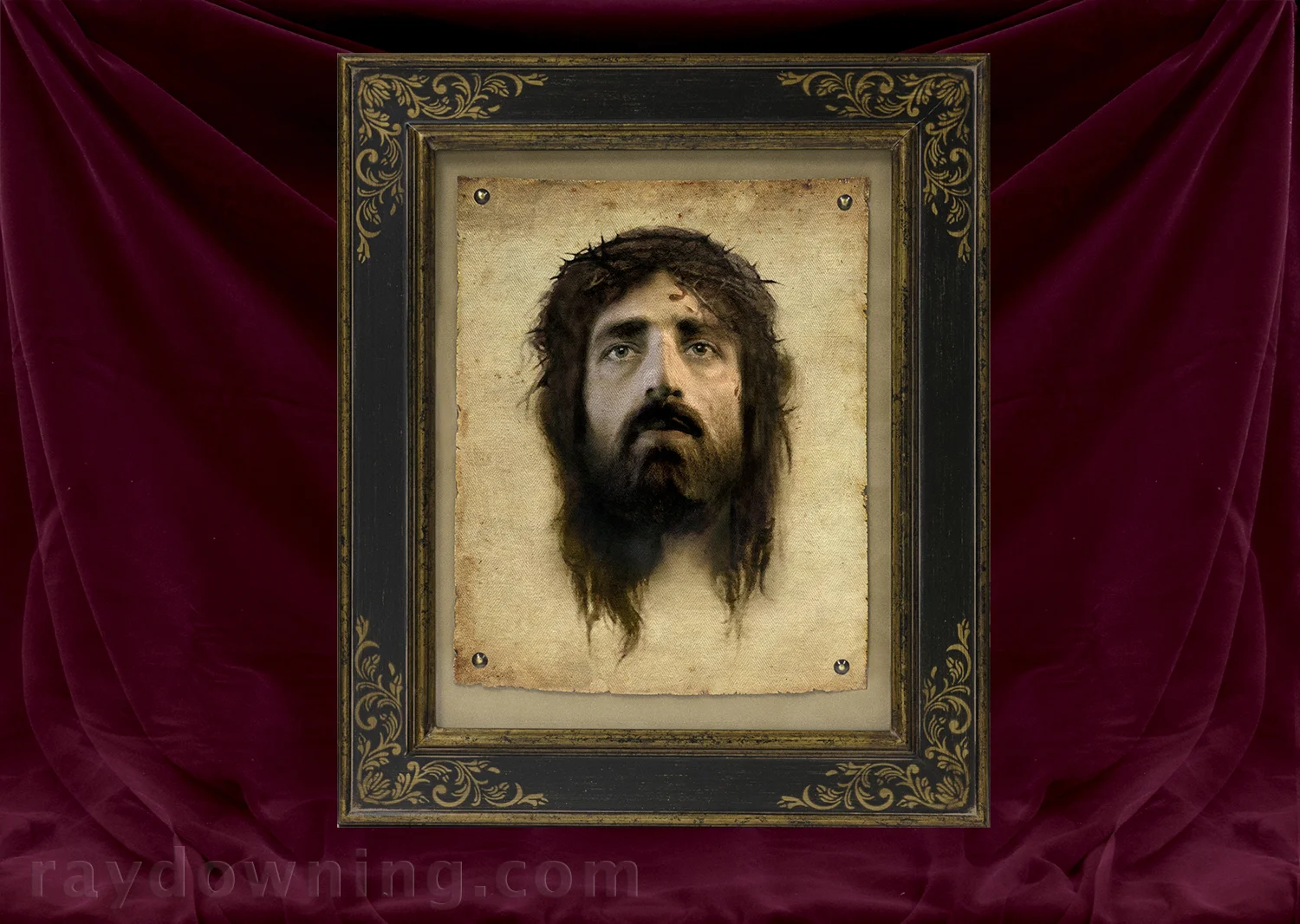


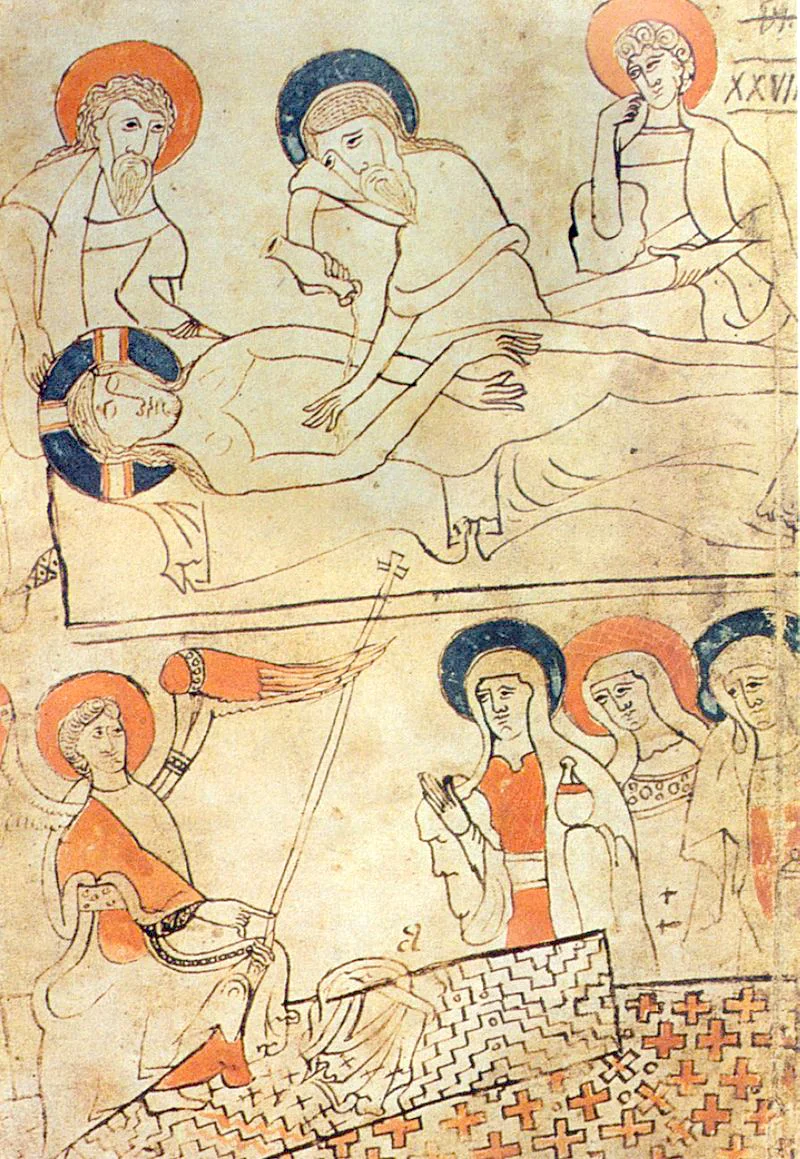
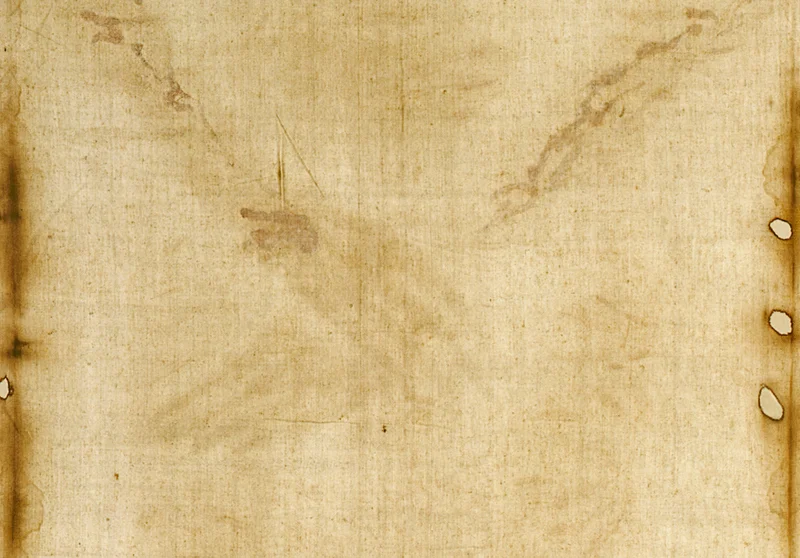











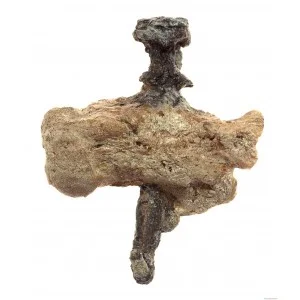
Mary of Magdala was part of a group of women who financially supported Jesus' ministry out of their own resources.